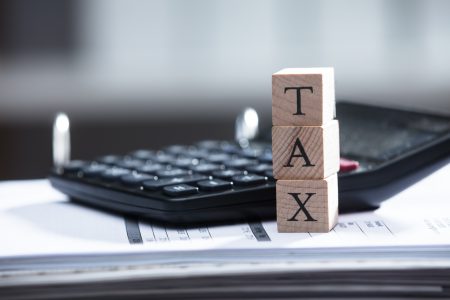Quantitative easing (QE) is a form of nontraditional monetary policy in which a central bank buys a large number of securities to stimulate the economy. If it worked well, the increase in the money supply would encourage lending, lower interest rates, and lead to economic growth.
Quantitative easing (QE) is a monetary policy measure in which a central bank buys predetermined amounts of government bonds or other financial assets (i.e., municipal bonds, corporate bonds, stocks, etc.) to inject money into the economy to expand economic activity. It is considered an unconventional form of monetary policy, which is generally used only when inflation is very low or negative and the usual monetary policy tools have become ineffective.
Similar to conventional open market operations to implement monetary policy, a central bank conducts quantitative easing by purchasing financial assets from commercial banks and other financial institutions. It thus raises the prices of these financial assets and lowers their yields while increasing the money supply. Unlike normal policy, however, quantitative easing involves the purchase of riskier assets on a large scale and over a predetermined period of time.
Central banks typically resort to quantitative easing when their nominal interest rate target approaches or reaches zero. Very low-interest rates lead to a liquidity trap, i.e., a situation in which people prefer to hold cash or very liquid assets in the face of low yields on other financial assets. This makes it difficult for interest rates to fall below zero; monetary authorities can then use quantitative easing to further stimulate the economy rather than trying to lower the interest rate further.
Quantitative easing can theoretically help pull the economy out of recession and ensure that inflation does not fall below the central bank's inflation target. However, QE programs are also criticized for their risks and side effects. Quantitative easing was implemented by all major central banks around the world after the 2008 global financial crisis and again in response to the COVID-19 pandemic.









